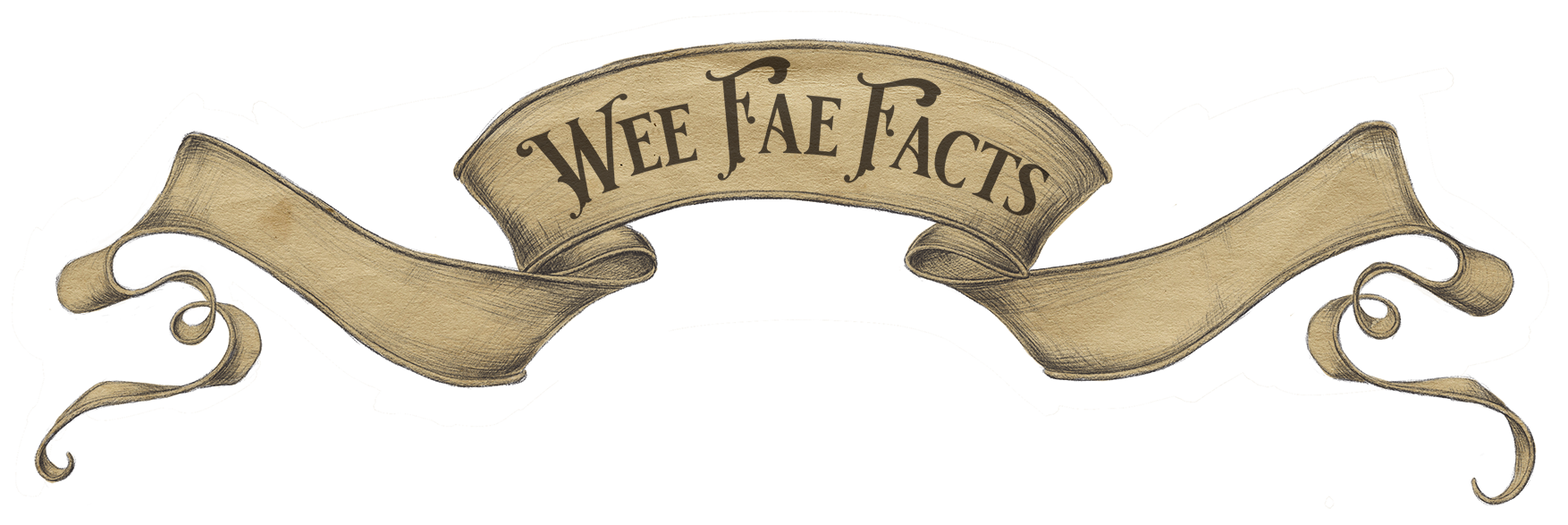The Sylph
Elementals of the Air
Alternative Spellings:
Sylphid, Sylvestres, Sprite, Air Elemental.
One of Four Elementals
The air faeries are much harder for us to document and therefore we call most of them Sylphs.
Well-Known For:
Their powerful and volatile nature, lovely delicate wings, and insubstantial bodies.
What is a Sylph?
A Sylph, an incredible and mysterious spirit among the elemental fairies. These ethereal beings inhabit the very air we breathe, becoming the embodiment of wind and weather. They are masters of the clouds, rain, and snow. Their existence is cloaked in mystery, and tales of encounters with these elusive fae are scarce.
We experience their presence everyday, however. They run their fingers through our hair, kiss our cheeks with gentle rain, bring us sweet relief from the heat with their gentle breathes, and sing songs through the shaking branches of the trees. They also occasionally rip the tops off our buildings, sink our ships as they antagonise the oceans into a rage, bring forests to their knees, bury the world in thick blankets of snow, and kick the sands up into swirling deadly storms that block out the sun.
Intriguingly, Sylphs are nature's invisible choreographers, their presence often concealed in the whispers of the breeze, revealing themselves only out of curiosity or whimsy. Picture them as the titans of their realm, capable of soaring to towering heights that rival even the mightiest mountains, yet also possessing the uncanny ability to transform into the tiniest wisp of air. They are not tethered by corporeal bodies as we are; their essence is fluid, adaptable, and subject to their expert manipulation.
The Air Elemental
These enigmatic beings are the very essence of the air itself, the elemental spirits that Plato, Aristotle, and Paracelsus once pondered. Paracelsus, a medieval visionary, believed fervently in the existence of elemental spirit-men dwelling within the chaos of these elements. Although he did not invent these elementals, his writings encased their given names and certain characteristics in the amber of time, preserving the memory of them.
As Aristotle asserted, elements do not combine to create new ones, and Paracelsus echoed this sentiment, emphasising that Elementals coexist but do not blend or intermingle. This is how we have arrived at the existence of four elementals. Making up the elements that do not mix: fire, earth, water and air. Just as we depend on the elements for sustenance (air to breathe, fire to warm us, water to quench our thirst, and earth to shelter us), Sylphs rely on their own element to thrive. The air is their lifeblood, providing all they need to exist. Fire is their bane, water their nemesis, and the earth their suffocating shroud. Their very essence is inseparable from the air itself, which is why the Greek origin of their name, "Silphe," meaning butterfly, falls far from the truth. For Sylphs are not butterflies; they are ethereal beings, intricately spun in the fabric of their element.
Our Human Fascination
The allure of Sylphs, though rarely glimpsed, has woven itself into the tapestry of human literature and imagination. The glistening of their wings and the delicate grace of their existence have forever captivated our hearts and minds. We may never fully grasp the magnificence of their nature, but that has never stopped us from trying. In Alexander Pope's "The Rape of the Lock," these ethereal beings are exquisitely depicted:
“Some to the Sun their insect-wings unfold,
waft on the Breeze, or sink in Clouds of Gold,
Transparent Forms, too fine for mortal Sight,
Their fluid Bodies half dissolv’d in Light.
Loose to the wind their airy garments flew,
Thin glitt’ring textures of the filmy dew;
Dipt in the richest tincture of the skies,
where light disports in every-mingling Dies,
While ev’ry Beam new transient Colours flings,
Colours that change whene’er they wave their Wings.”


